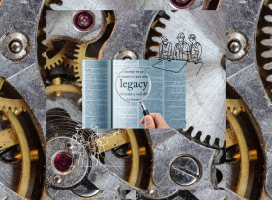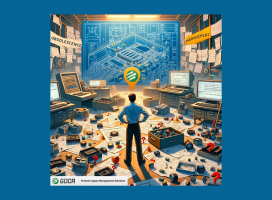Counterfeit Components: More than parts — it is about people
With the dialog about counterfeits in the supply chain, it is easy to lose track of what counterfeits actually mean. Yes, they will hurt your business. Yes, they can lead to heavy penalties and jail time, but counterfeits can also lead to jeopardizing lives; a risk that could otherwise have been avoided.
I am always looking for recent numbers and reports to keep the topic fresh and moving forward. But, recently, as I researched my paper for the upcoming SMTA International conference, I’ve come across some new numbers that drives home, once again, how vulnerable everyone is to the issues around counterfeits.
I personally take an average of 2-4 flights every month. According to the FAA, the amount of travel Americans are doing both for business and recreation is increasing. It is projected that the total number of people flying commercially on U.S. airlines will increase from 732 million to 746 million in 2013, and increase to 1.2 billion by 2032. And in 2010 the FAA estimated that some 520,000 counterfeit parts make their way into planes each year.
As a consumer and as a relative expert on the issue of the impact of counterfeits, I believe I can safely state that It is in all of our best interests to remember that the parts we procure could go into systems that thousands of people rely on every day. The drive to always get the best deal possible, paired with a slowly recovering economy, seemingly makes it an easy choice to wait to buy parts for legacy systems only when we have a new order to ensure that the “parts” will be paid for. This waiting game only increases the risk that we will inadvertently buy counterfeit components since authentic components may no longer even exist in the supply chain. Since we didn’t proactively plan to sustain the systems we need, we are left with an unreliable supply chain and increasing price tags that make the revenue we are counting on from our “new orders” beyond our reach.
Let’s not let our culture of “get the best deal” or the issues around end-of-life (EOL) force us to forget that each part could mean the health and safety of someone we love.
Kaye & the GDCA Team




